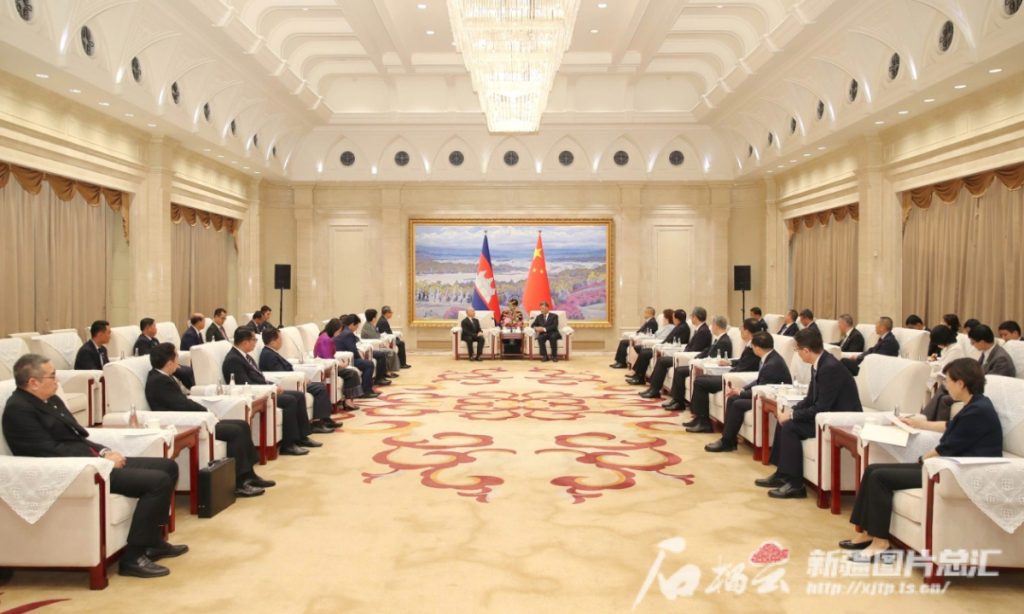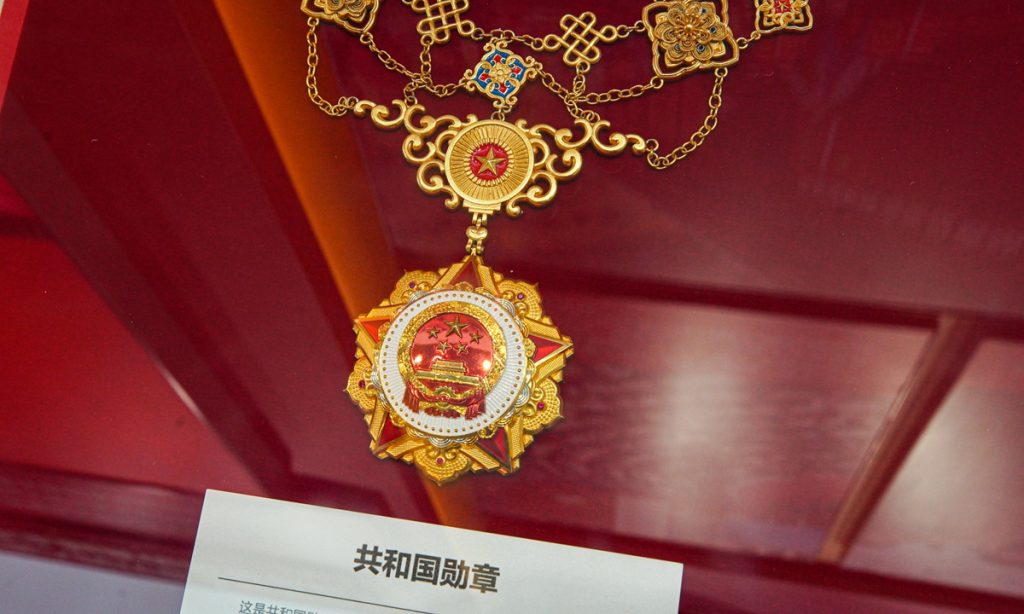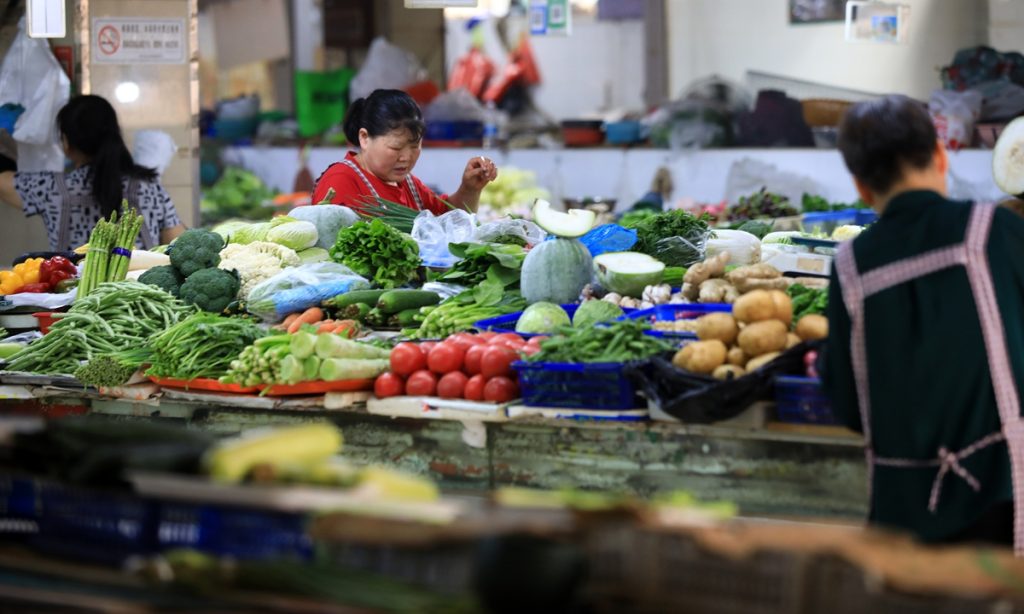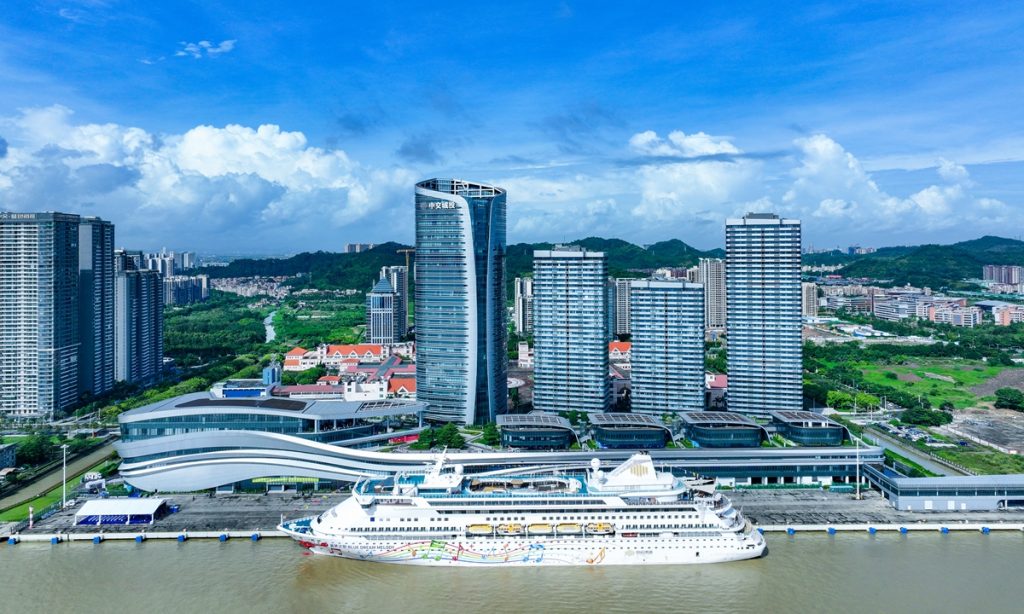Chinese Olympic shooting champion refutes online rumors, calling respect for his privacy amid irrational 'fan culture’

Xie Yu, the Chinese gold medalist in the men's 10m air pistol event at the Paris Olympics, has recently refuted several rumors circulating since his victory. In response to claims that his win had "broken his family's poverty" and online harassment toward his sick mother, Xie said that his success did not bring any additional benefit to his family and he urged the public to respect their privacy, reported thepaper.cn.
After Xie, 24, won the championship, some fans began calling for sponsors to help Xie's family overcome poverty. In response, Xie said that he did not wish for his achievements to create further complications for his family.
Xie also revealed in the interview that his mother had recently faced online harassment for unknown reasons. Previous reports indicate that some marketing accounts had depicted Xie's mother as an irresponsible person exploiting Xie's success to earn money, however the rumors have not been confirmed. Reportedly, his mother has recently been discharged from the hospital after battling cancer, and Xie asked for kindness, hoping people will refrain from making negative comments about her.
Xie said that his father has a small business specializing in the delivery of water barrels,which, though still in its early stages, is enough to make ends meet.
The rumor that Xie's victory "breaks his family's poverty cycle" sparked controversy. Many residents from Heitang village in Guizhou Province, Xie's hometown, expressed dissatisfaction with the portrayal. "We were hurt when we heard it. Heitang is not as poor as people think, and Xie's family is not in dire straits."
Wang Mingjiang, the Party secretary of the village, noted that Xie's father earned 3,000-5,000 (about $400 to $700) per month. The family lives in a two-story building, so while they aren't wealthy, they aren't struggling with life either. Wang added that the village had helped Xie's aged grandparents apply for subsidies before his rise to fame, the Red Star News reported.
According to Xie's aunt Tang Shiqiao, Xie's mother has been working in the Qianxinan autonomous region in Guizhou for years as a real estate agent to support the family. Even after being diagnosed with cancer a few years ago, she did not stop her job.
Tang showed a screenshot of Xie's mother's post on WeChat after Xie won the championship, saying: "Son, your dream has come true." Aside from this, she made no further public display of pride in her son, as reported by the Red Star News.
A colleague of Xie's mother noted that many people have been trying to contact her since the win, but she is a modest person who prefers to avoid the spotlight and does not wish to exploit her son's achievement.
Xie also refuted the rumor that he has been "withdrawn by the national team twice," saying that he simply did not pass the selection process at the time. His equipment for the competition was provided by the provincial team, and the national team's selection process was fair and impartial.
Xie disclosed that he had briefly given up shooting due to stagnation and chose to work instead. He said that his persistence over the past 10 years was driven by the unwavering support of his coach and the challenging economic situation of his family, which motivated him to change his circumstances and become self-sufficient.
Xie won the third gold medal for the Chinese sports delegation in the men's 10m air pistol final on July 28 at the Paris Olympics.
While Xie's inspirational story has garnered widespread admiration, it has also brought a wave of controversy. Various viral statements such as "one shot breaks family's poverty," "twice withdrawn by the national team" and "self-funded equipment for competition" have put Xie and his family under intense scrutiny.
"I just hope that people don't get too caught up in viral online content," Xie said.







